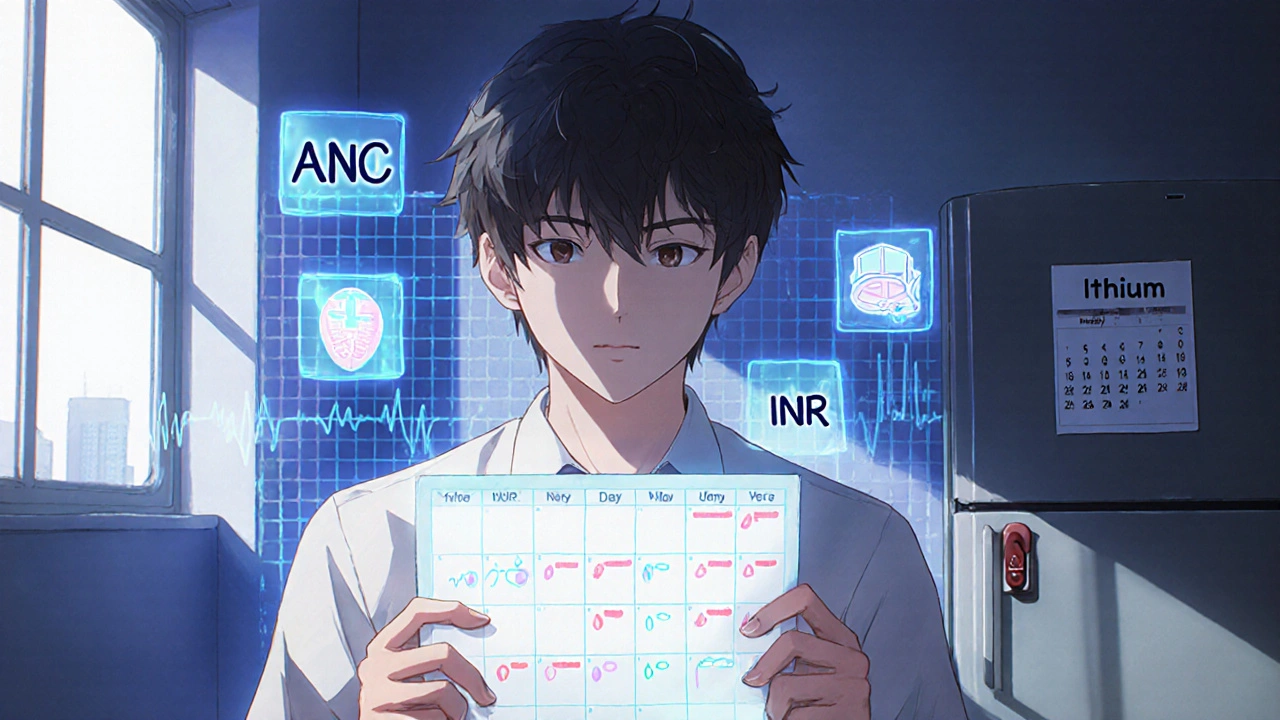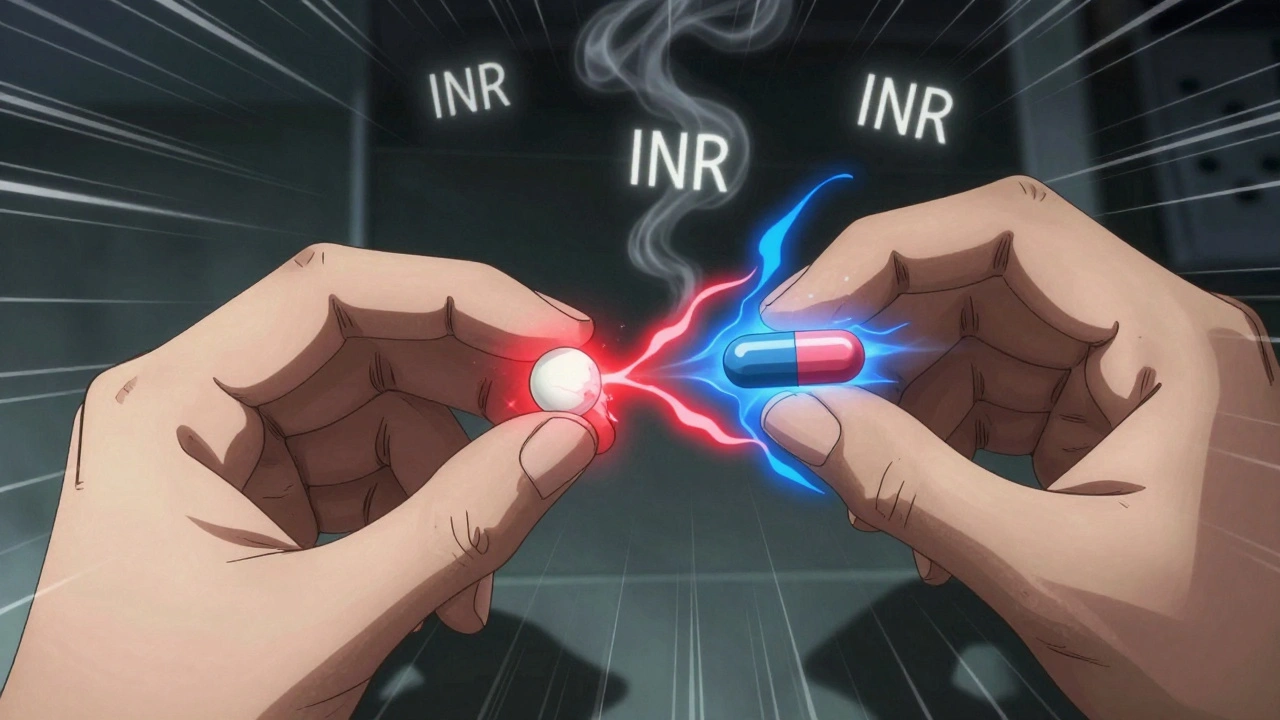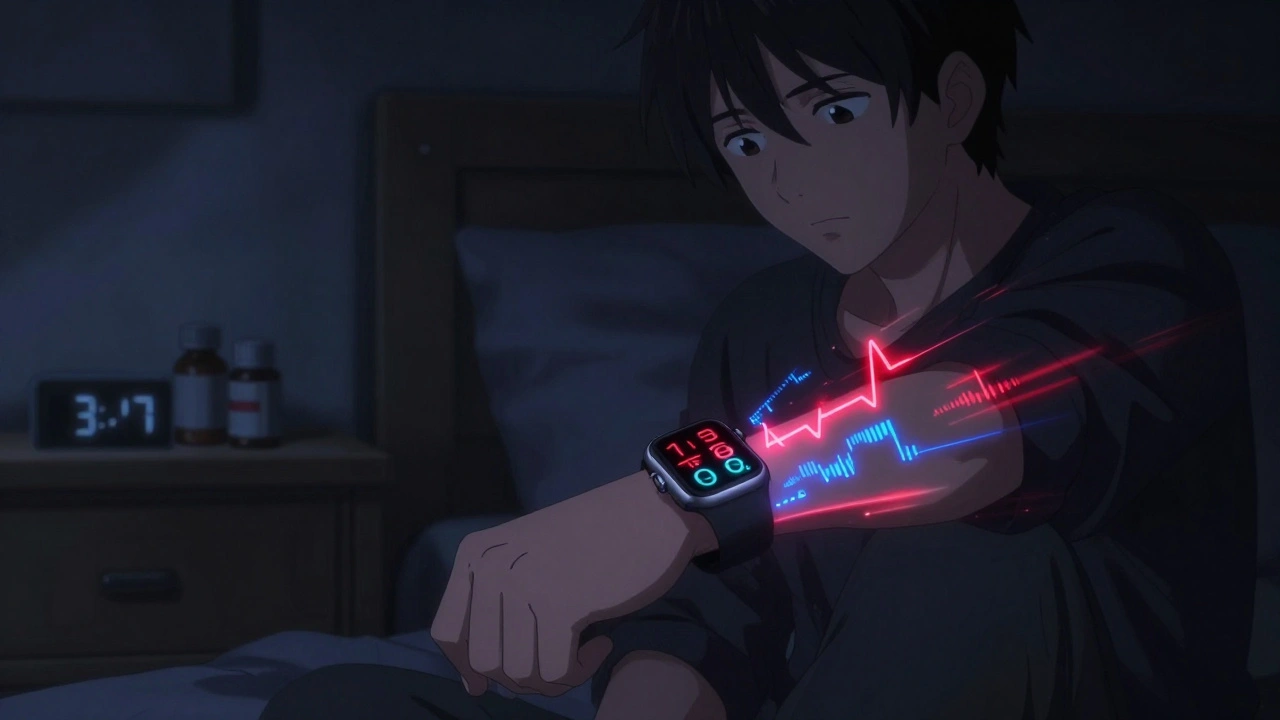Side Effect Tracking: Know What Your Medications Are Doing to You
When you take a pill for high blood pressure, depression, or pain, you’re not just treating a symptom—you’re introducing a chemical into your body that can change how everything works. Side effect tracking, the practice of recording and analyzing unwanted reactions to medications. Also known as adverse reaction monitoring, it’s not just for doctors—it’s your personal safety net. Most people don’t realize that side effects aren’t rare accidents. They’re predictable patterns. A study in the Journal of the American Medical Informatics Association found that nearly 1 in 5 adults on multiple prescriptions experience at least one noticeable side effect within three months. And if you’re on blood pressure meds like Lisinopril or chlorthalidone, or taking something like Arava for rheumatoid arthritis, you’re already in the group where side effects matter most.
Medication side effects, unintended physical or mental changes caused by drugs. Also known as adverse drug reactions, they range from mild—like dry mouth from Doxt-SL—to serious, like gout flares from chlorthalidone or liver stress from Disulfiram. What’s often missed is how these reactions connect. For example, taking Imdur for angina might cause headaches, but if you’re also on dapagliflozin for diabetes, you could be at higher risk for dizziness. Tracking these links isn’t guesswork. It’s pattern recognition. When you write down what you feel, when you feel it, and what you took, you’re building a personal health map that no algorithm can replace. This is why side effect tracking isn’t just about avoiding discomfort—it’s about catching hidden risks before they become emergencies.
Pharmacovigilance, the science of detecting, assessing, and preventing drug-related harm. Also known as drug safety monitoring, it’s the system doctors and regulators use to keep medications safe for everyone. But that system only works if real people report what happens. If you notice that Malegra FXT gives you nausea, or that Amantadine makes your brain fog worse, your report helps others avoid the same trap. The posts below aren’t just comparisons—they’re real-world side effect logs from people who’ve been there. You’ll find guides on how to spot the early signs of problems with antibiotics like Clindamycin, how to manage gout while staying on diuretics, and why some people react badly to nitrates while others don’t. This isn’t theory. It’s what happens in kitchens, bedrooms, and doctor’s offices when people start paying attention.
Side effect tracking turns you from a passive patient into an active partner in your care. You don’t need a medical degree. You just need to write down what’s happening. And if you’ve ever wondered why your doctor asked you to track headaches after starting a new pill, now you know: it’s not bureaucracy—it’s survival. Below, you’ll find detailed, no-nonsense comparisons that show exactly which drugs cause which reactions, who’s most at risk, and how to respond before things get worse.
Lab Monitoring Calendars: Stay Ahead of Medication Side Effects
Lab monitoring calendars help you track blood tests and side effects for high-risk medications like clozapine, lithium, and warfarin. Stay ahead of dangerous reactions with a simple, personalized schedule.






